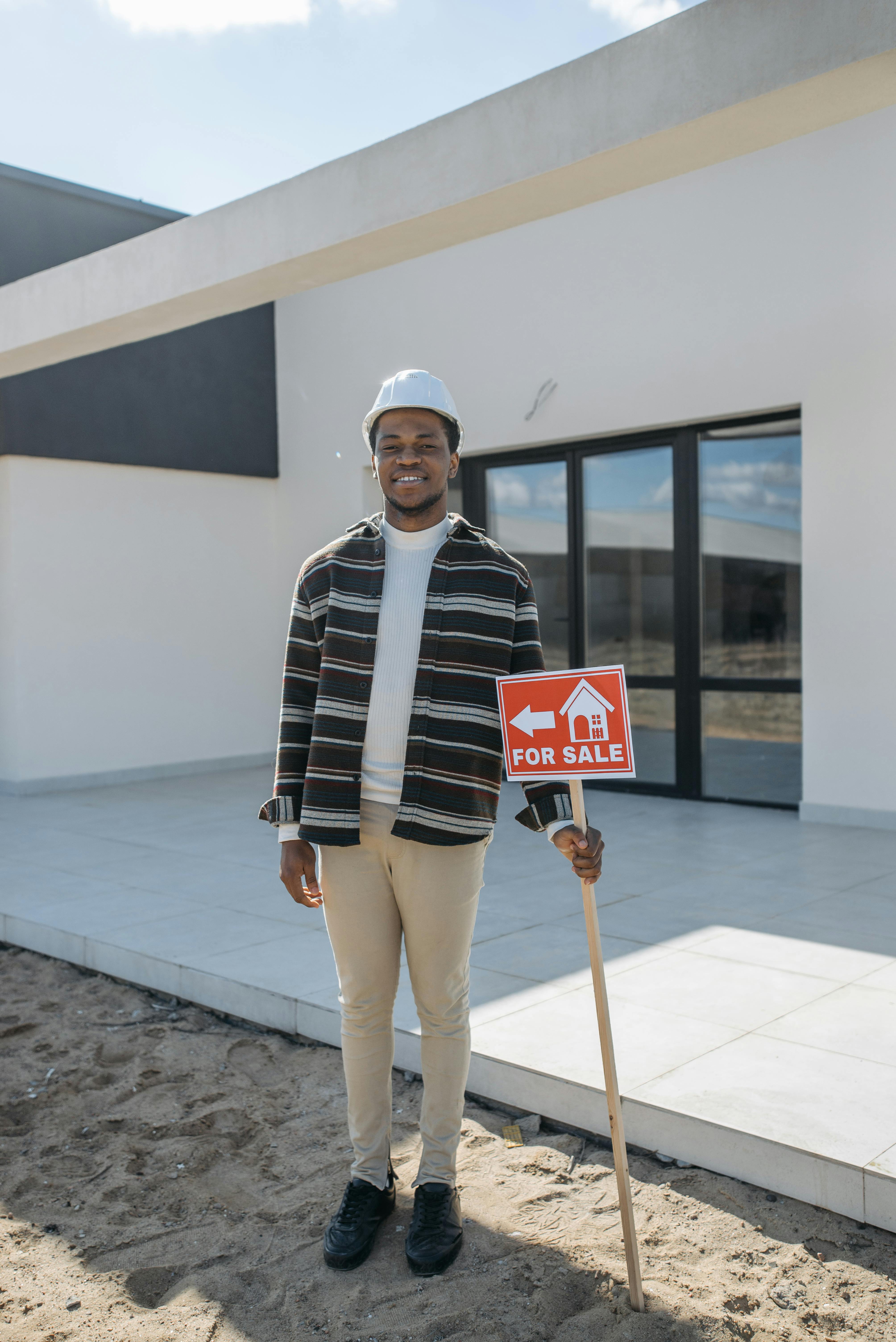
Since my family almost lost our home during the Great Recession 15 years ago, our modest 1,200-square-foot home has become a safety net for my siblings, an oasis for extended family and friends.
Soon after my cousin lost his job during the pandemic, he moved his family of seven into the living room of our two-bedroom house in Long Beach. And when my brother began living out of his car because his minimum wage job wasn’t enough for rent, my father told him to “come home.”
For my father, it didn’t matter how many people were packed together. He always said, no matter what, we’d always have a home.
But far too many Californians don’t have this option.
Sadly, access to safe, stable and affordable housing has become increasingly rare in our state, a trend that has gotten worse over the past several years. Home values and rents in California are among the most expensive in the country. Our state has the nation’s highest rate of homelessness.
California has become the epicenter of the nation’s housing crisis and young people are bearing the brunt. Black youth in particular are the worst hit by the statewide and national crisis.
Power California polled 1,557 young adults, ages 18-30, recently and found 52% of young Black Californians reporting high rent as a housing barrier. In the past two years, 30% of young Black Californians moved to seek better pay and work opportunities and 18% moved because of an eviction.
This is why 57% of California’s Black youth identify as hustlers and grinders, because they have to take on multiple jobs or side gigs to survive — the highest of all racial and ethnic groups.
The housing crisis also has severely impacted young Latino Californians. They are more likely to rent and the most likely to move because they can no longer afford rent, compared to other racial and ethnic groups. Two-thirds are renters, 18% live at home with parents or relatives and 28% have considered leaving the state.
Two in five Latino youth identify as caretakers, because they are the main money maker in their household, are an older sibling or they take care of someone in their household.
Despite hardships, three in four young Californians are optimistic about their futures.
California’s youth of color are especially hopeful — at more than twice the rate of their white counterparts. They perceive voting, running for office and volunteering as effective ways to improve their communities. Young Black Californians especially view civic engagement as a way to make a difference on issues that matter most to them.
Young voters have demonstrated the power they wield in recent years. Record youth turnout helped President Joe Biden win the 2020 election. In 2021, California’s young voters of color led the last-minute voter rush to defeat the anti-democratic recall campaign of Gov. Gavin Newsom, and in 2022, youth voters helped swing close races for Democrats in Pennsylvania, Wisconsin and Georgia.
In fact, more than 300 young people with Power California and allied organizations fanned out across this state to engage and activate their peers for the recent March primary elections.
As they have shown time and again, young people will be key to winning in November’s general elections. Youth organizers from Power California will continue to hit the streets in critical battleground districts that could shift control of the House of Representatives this fall. In the Central Valley, Orange County, Inland Empire and across the state, young leaders of color can affect the outcome of races up and down the ballot.
With numerous statewide and local housing measures on the ballot, young voters will be engaged this fall because they know what’s at stake. They’ve identified homelessness and affordable housing as the most pressing need for local, state and federal government leaders to address.

